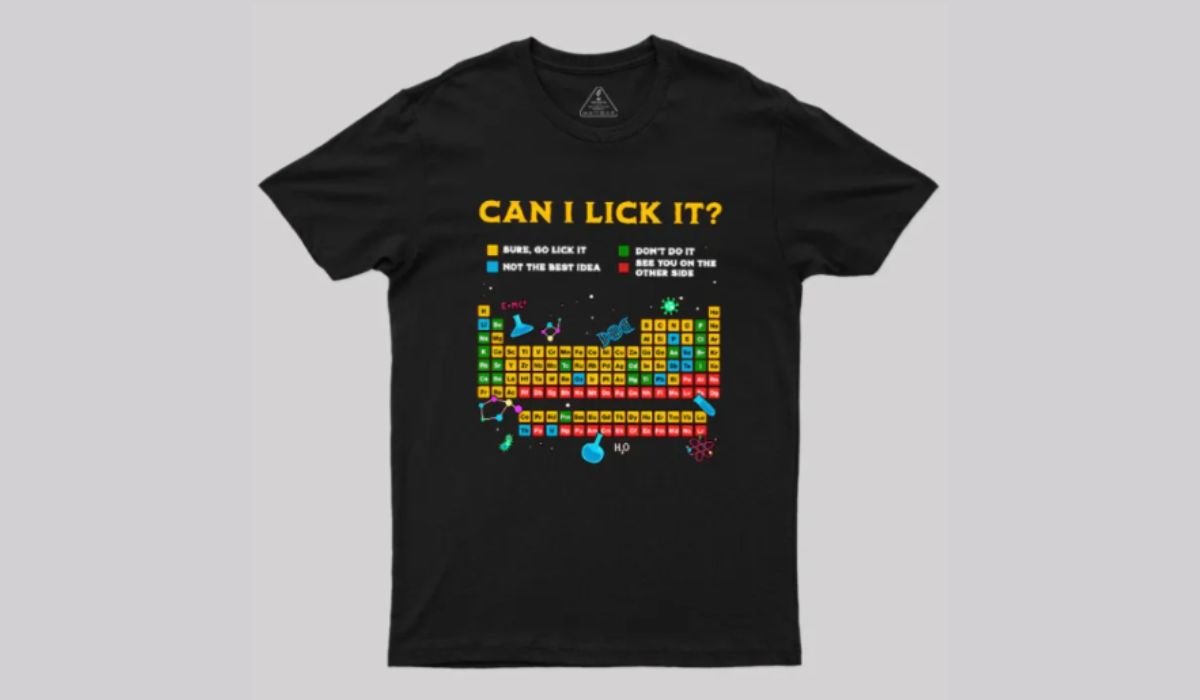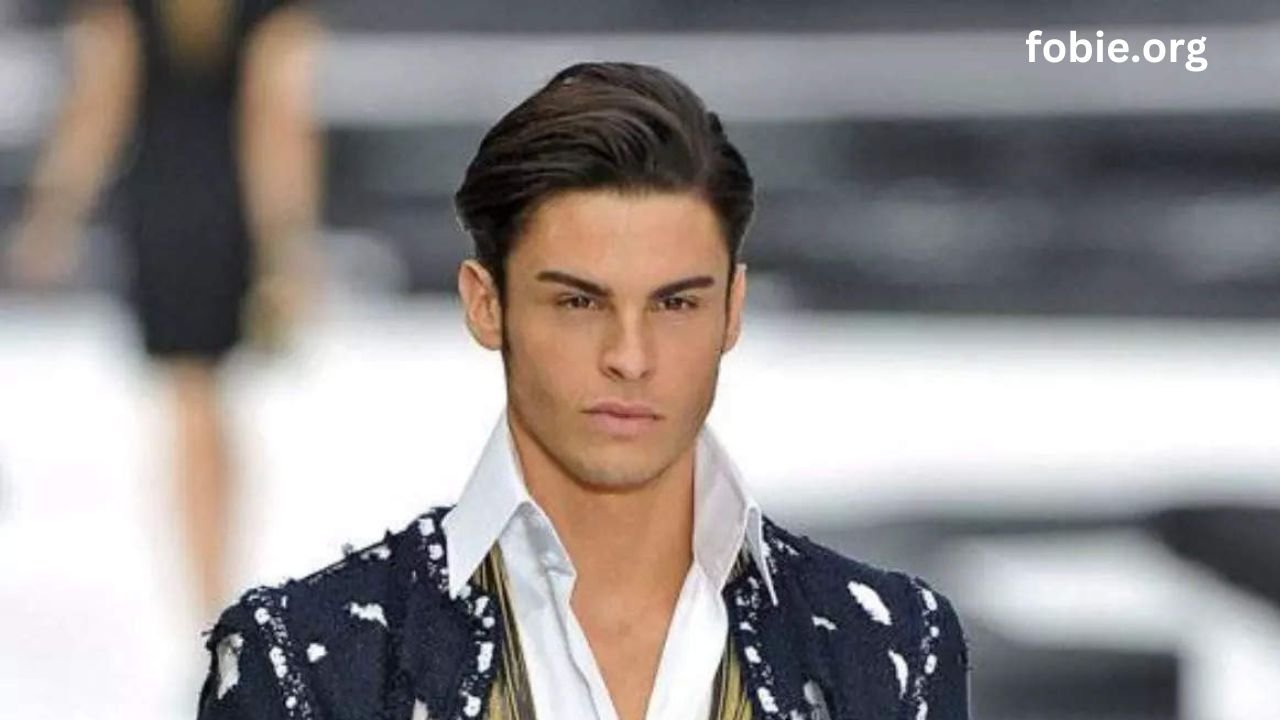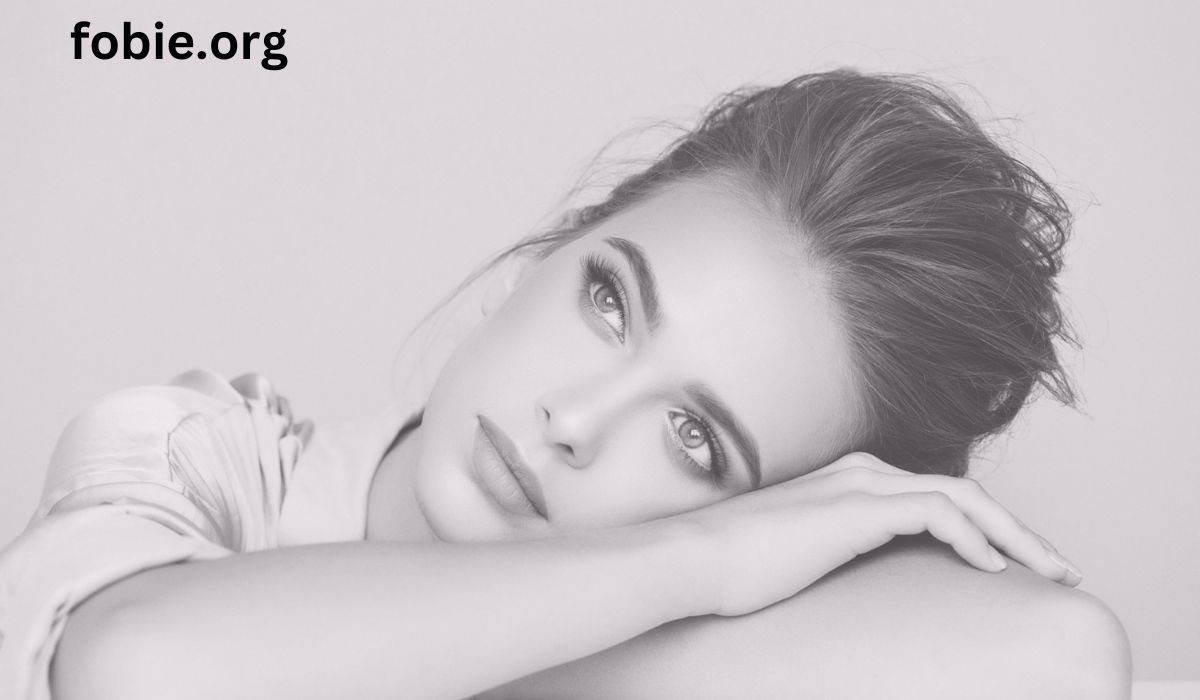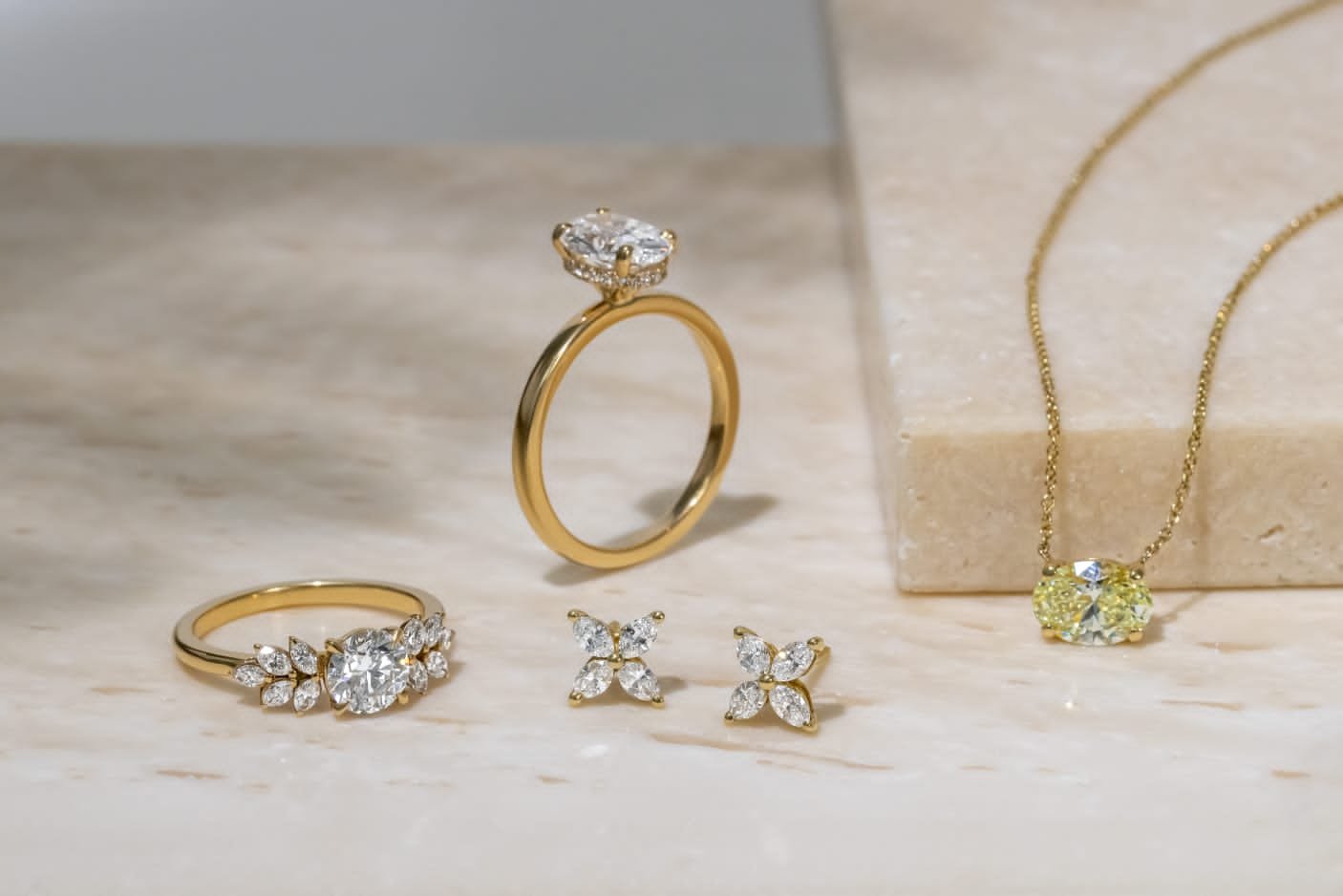Ask five people where the fashion district in London is and you’ll probably get five different answers. That’s because London doesn’t have a single stitched-together zone where all fashion lives—it’s layered, sprawling, constantly changing. But certain areas have their own distinct sartorial identities. Some feel glossy, others raw. Some are about what’s next, others about what lasts. Let’s walk through the ones that matter, and figure out where style actually lives in this city.
Oxford Street and Regent Street: The Commercial Engine
This is where the high street runs wild. If you’re looking for the pulse of mass fashion—the places that shape trends by sheer volume—this is it. From Topshop’s old reign to the behemoths like Zara, Uniqlo, and COS, this area is where fast fashion flexes. Don’t expect subtlety. It’s big bags, loud windows, global chains. But it has its moments: Liberty London, tucked just behind, offers a different rhythm—pattern-heavy, heritage-rich, and wrapped in Tudor charm.
This area is more about movement than meditation. It’s where teens swarm on weekends, tourists grab something last-minute, and stylists dig for layering pieces. It’s not the quiet elegance of fashion week—it’s the noisy backbone.
Mayfair: Where Fashion Gets Private
Mayfair doesn’t shout about its style, but if you know, you know. It’s not about racks of clothes spilling onto pavements. It’s about glass doors, whispered names, private appointments. Mount Street and Bond Street are home to major fashion houses like Balenciaga, Loewe, and Céline—names that lean more toward gallery than shop. These spaces feel quiet and composed, designed less for browsing and more for a kind of private encounter with luxury.
This part of London caters to the kind of shopper who doesn’t browse. You don’t stumble into these places—you’re expected. Tailored suits, statement coats, rare bags. It’s the style language of the people who know exactly what they’re looking for, the people who walk through private entrances to their Tape London table, and the ones known by name at The Dorchester.
Walk through Mayfair mid-morning and you’ll notice the quiet details: the perfectly dressed doorman, the driver waiting in a blacked-out car, someone stepping out with garment bags that never touch the pavement. It’s fashion played slow and serious.
Soho: Subculture Style and Fashion on the Edge
Head south from Oxford Circus and you’ll start to feel the shift. In Soho, fashion becomes a bit weirder, a bit more personal. Independent boutiques sit next to sex shops and vintage stalls. There’s no single aesthetic—just a hunger for individuality. This is where emerging designers test ideas and club kids blur lines.
Think of places like Machine-A or END Clothing, where streetwear intersects with conceptual design. Soho isn’t polished—it’s scrappy, alive, and constantly trying something new. If Mayfair is the world of appointments and bespoke, Soho is try-it-on-in-the-back-and-wear-it-out-tonight.
Shoreditch and East London: The Test Lab
East London is where fashion mutates. It’s where trends start, fall apart, and start again. Brick Lane, Redchurch Street, and the surrounding areas are home to popup shops, sustainable labels, and edgy galleries that double as design spaces.
Here, it’s not about logos—it’s about silhouettes, fabric choices, unexpected pairings. Think of this as the mood board district. You might find a rack of deadstock denim next to a vegan café, or a designer who sells only through Instagram operating out of a converted shipping container.
On Sundays, hit up the Columbia Road Flower Market and count the number of trench coats and wide-leg trousers. Style here is part performance, part protest.
Knightsbridge and Chelsea: Quiet Wealth, Maximal Taste
Harrods. Harvey Nichols. Sloane Street. This is fashion for the ultra-rich but not necessarily the ultra-subtle. You’ll find monogrammed everything, head-to-toe designer fits, and personal shoppers steering entire wardrobes. But beneath the surface glitz, there’s a certain discipline.
Chelsea girls still do that timeless, polished look: cashmere over shoulders, white denim, ballet flats that have seen the South of France. The vibe is expensive, yes, but not always trend-driven. It’s old money meets influencer chic.
It’s also one of the few areas where you’ll spot people wearing runway looks in real life, sipping iced matcha like it’s no big deal.
Notting Hill: Vintage Meets Editorial
Notting Hill is where old things get new lives. It’s packed with vintage stores that have become institutions in their own right. Rellik, Found and Vision, One of a Kind—these places don’t do fast. They do rare, special, and slightly theatrical.
You’ll see stylists pulling clothes for editorials, celebrities popping in on quiet afternoons, and racks of archival pieces that feel like history you can touch. Portobello Market adds a dose of unpredictability: one week it’s racks of silk blouses, the next it’s old Vivienne Westwood.
Style here is romantic, a little nostalgic, and deeply layered.
Covent Garden: Performance and Polish
People often write off Covent Garden as tourist territory, but that overlooks what gives the area its charm. The Royal Opera House sits just steps away from fashion staples like Mulberry, Sandro, and Paul Smith, creating a unique overlap between performance and personal style. You’ll notice considered outfits here—structured coats, purposeful colors, and the kind of footwear that doesn’t just walk, it announces. There’s energy in the way people move through the piazza—it’s part catwalk, part crowd.
The Real Answer? It Depends on Who You Are
London’s fashion identity isn’t centralized because its soul is in the mix. Whether you’re a student chasing thrift-store scores, a collector searching for archival Margiela, or someone who books a private styling suite on Mount Street, there’s a place here for your version of style.
Fashion doesn’t live in one postcode. It’s stitched through the city—fast and slow, loud and quiet, expensive and thrown-together. The fashion district? It’s wherever you decide to show up and look like you mean it.











